Final Parking Space: 1984 Mercedes-Benz 380 SE
Four months into this series, we have seen three discarded vehicles built in (West) Germany: a 1974 Ford Capri, a 1981 Volkswagen Vanagon, and a 1984 BMW 325e. Conspicuously missing from that lineup is a vehicle made by the manufacturer that built the very first car 136 years ago, so today we’ll take a look at an example of the most legendary of all the Mercedes-Benz S-Classes, a 380 SE recently found in a Denver self-service yard.
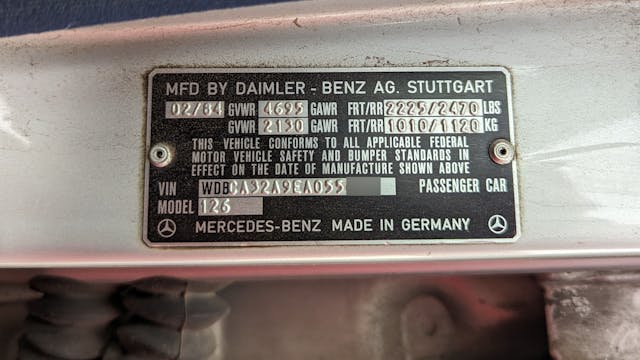
This car is a W126, which fits in the S-Class pantheon between the W116 and the W140 and was sold in the United States for the 1980 through 1991 model years. In my opinion, the W126 was the best-built Mercedes-Benz of all time and probably one of the best-built motor vehicles of all time, period (the Toyota Century beats the W126 in that department).

Most W126 models were quite a bit more expensive (in inflation-adjusted dollars) than the current S-Classes. This one had an MSRP of $43,030, or about $131,043 in 2024 dollars. If you wanted the king of the W126s in 1984 (the 500 SEC coupe), the list price was $57,100, or $173,892 in today’s money.
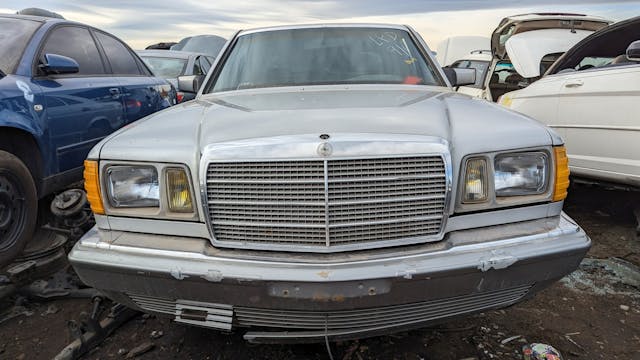
Because those prices were so steep and the Deutschmark was so weak against the dollar during the early-to-middle 1980s, tens of thousands of American car shoppers bought W126s in West Germany and imported them via the gray market, saving plenty of money but enraging American Mercedes-Benz dealers (who eventually succeeded in lobbying that loophole closed). This car was imported via legitimate dealership channels, but I’ve found quite a few gray-market Mercedes-Benzes of this era during my junkyard travels, including a 1980 280, a 1980 500 SE, a 1981 380 SEL, and a 1983 500 SEC.
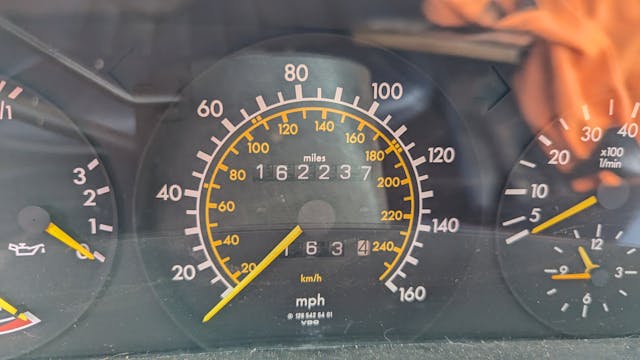
Because these cars held together so well, they still show up regularly in car graveyards around the country. This 380 SE has low miles for a thrown-out W126, but I’ve found a couple of these cars showing better than a half-million miles on their odometers.
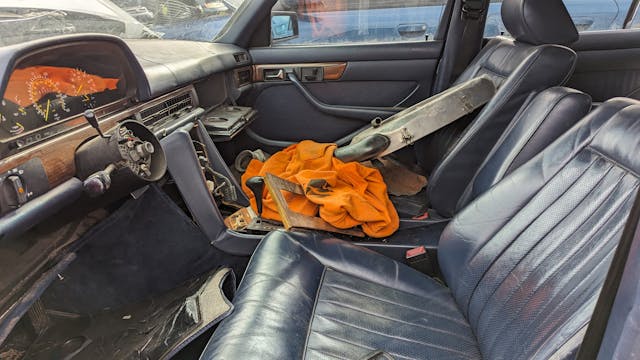
This one looks to have had a solid body and nice interior when it arrived here, but even a W126 is going to have the occasional mechanical problem and repairs tend to be costly.
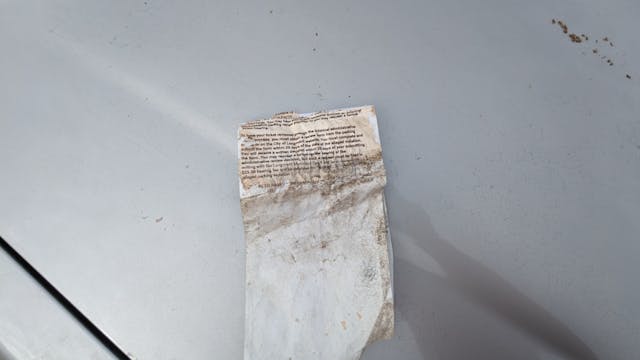
This car had a stack of parking tickets from Longmont, Colorado, under its wipers, though, so it may have been a good runner that got towed away and auctioned off due to unpaid fines.
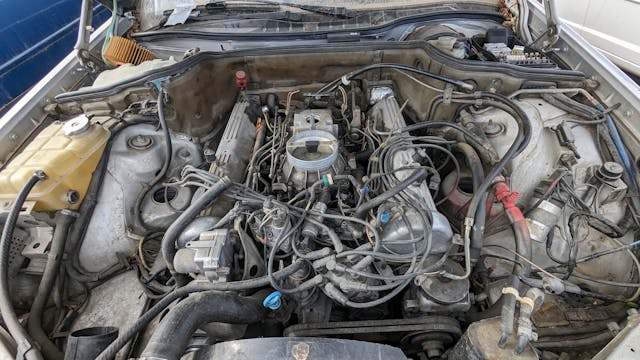
This being a 380, its engine is a 3.8-liter gasoline-fueled SOHC V-8 rated at 155 horsepower and 196 pound-feet of torque. For 1984, American Mercedes-Benz W126 shoppers could also get a 300 SD powered by a straight-five turbodiesel with 123 horses and 184 lb-ft of torque or a 500 SEL/SEC boasting 184 hp with 247 lb-ft.
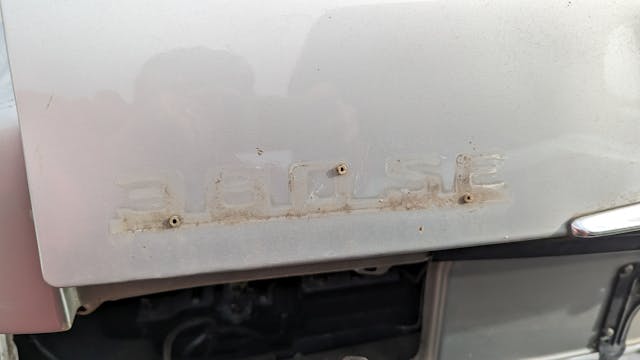
Because 1984 S-Classes weighed between 3685 to 3870 pounds—featherweight stuff by the standards of 2024—even the oil-burners were tolerably quick (the current C-Class is hundreds of pounds heavier than this 380 SE, while the ’24 S-Class outweighs it by more than a half-ton).
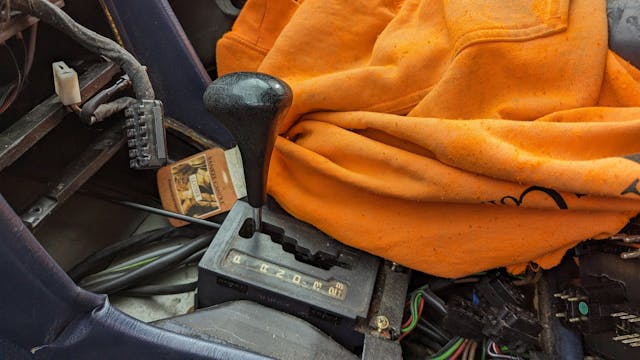
In Europe, the 1979–84 S-Classes with non-V-8 engines could be purchased with manual transmissions, but all U.S-market W126s came with mandatory four-speed automatics.
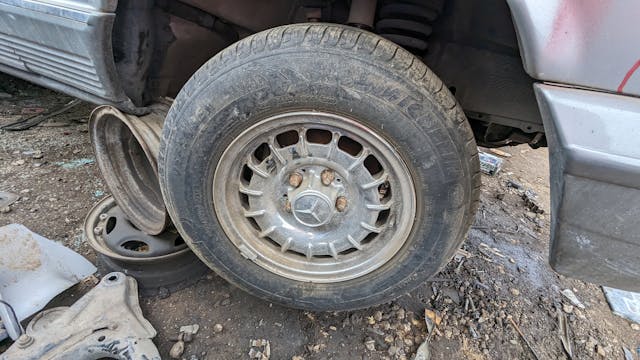
This 380 SE will be crushed, but we can hope that many of its parts will live on in other W126s.
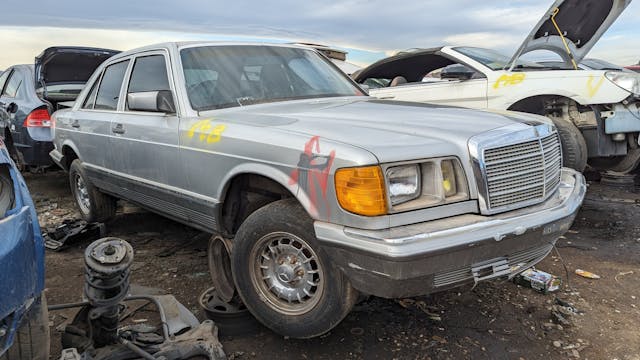




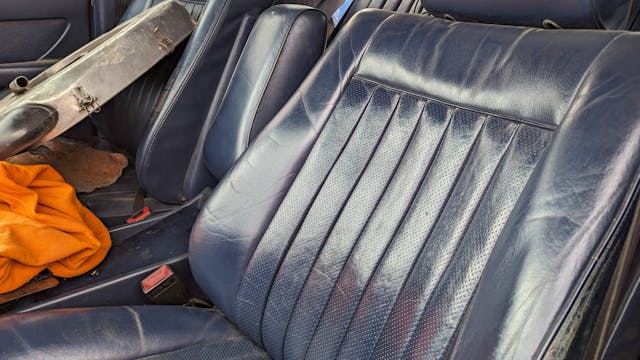

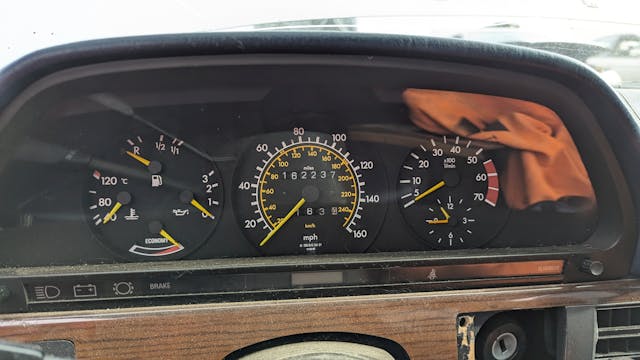
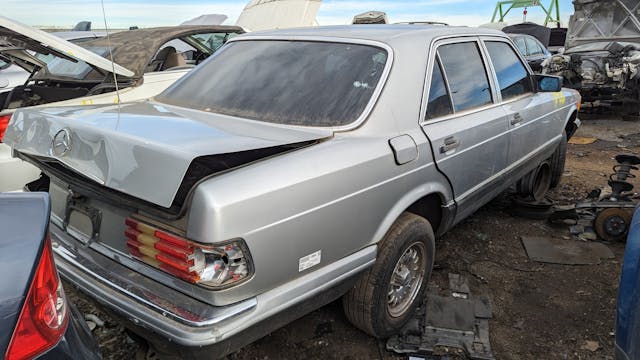


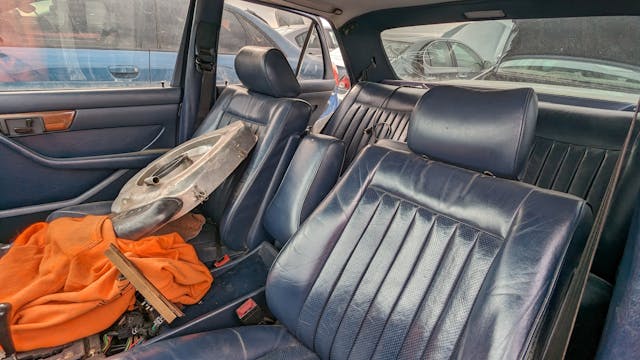
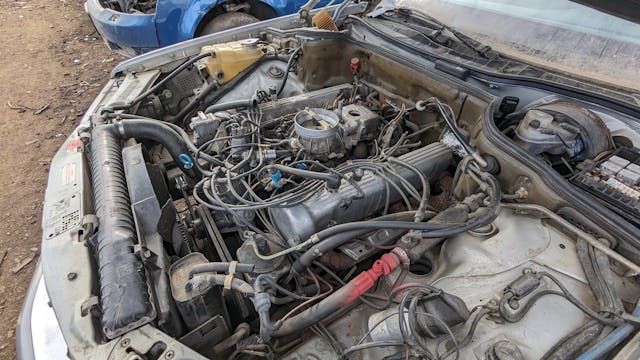
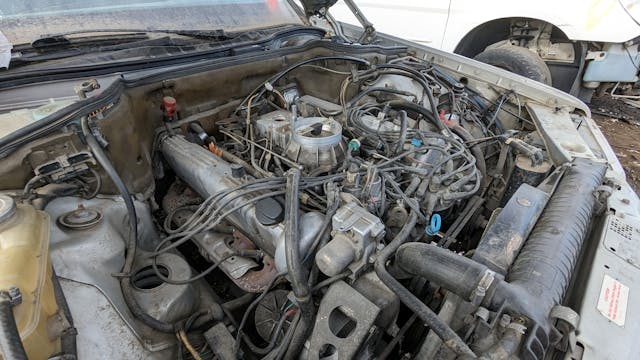

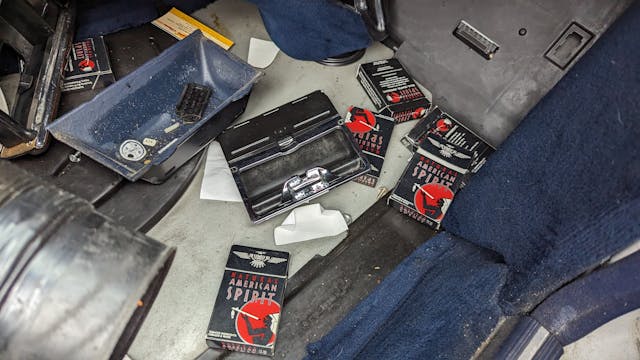
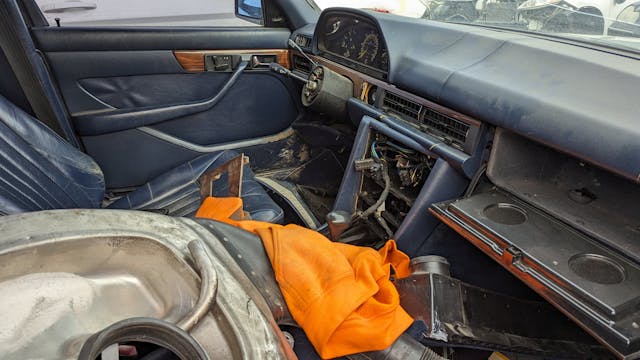

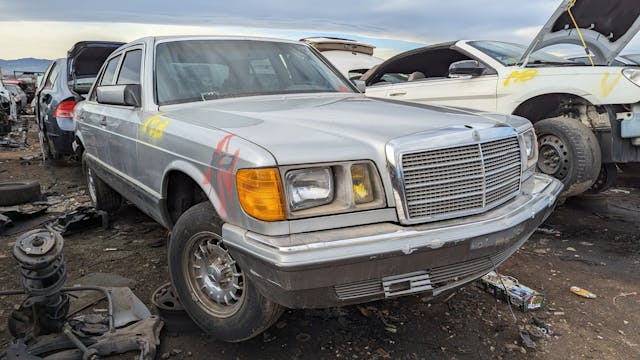

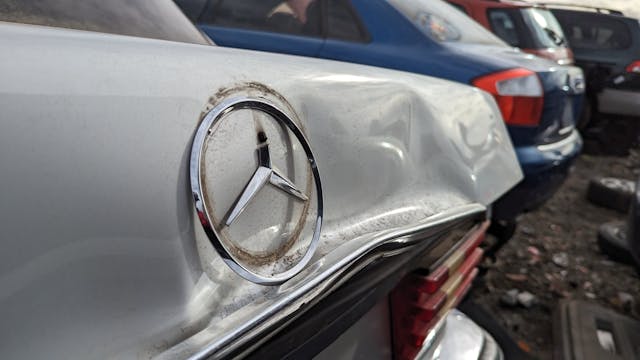


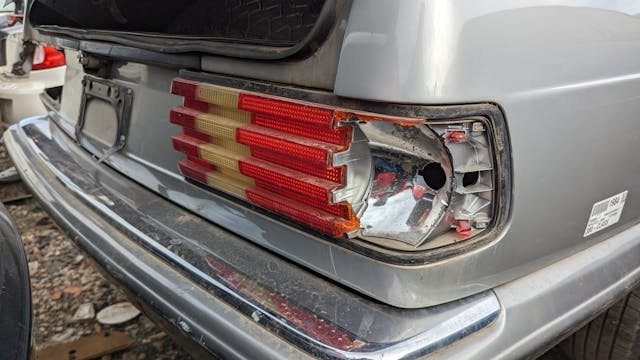
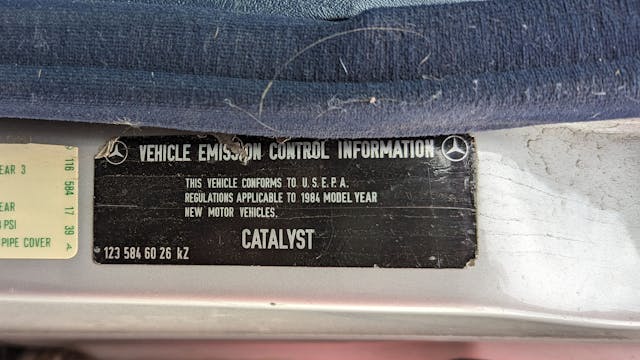


***
Check out the Hagerty Media homepage so you don’t miss a single story, or better yet, bookmark it. To get our best stories delivered right to your inbox, subscribe to our newsletters.
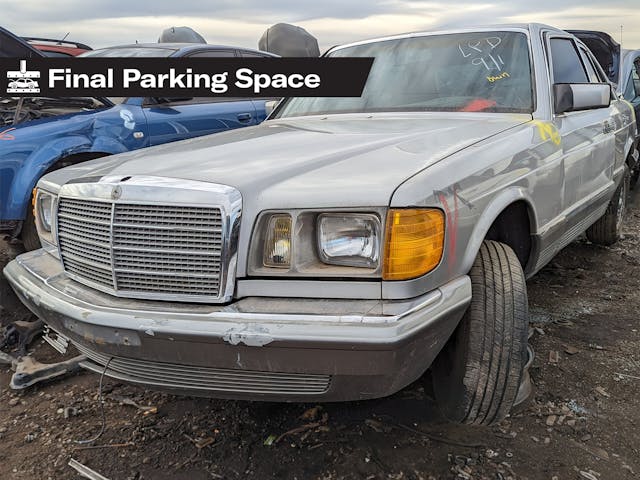


My parents were on a trip in the UK in 1984 and ended up ordering a manual Audi 5000 from a UK dealer because with the conversion rates between the dollar, pound and Deutschemark, the car ended up being even cheaper than buying direct from West Germany. The car was shipped from Germany to the UK dealer, registered, then sent back to the factory in Germany to have the US spec emissions and other equipment put on it, and then shipped to the Port of Houston. And still ended up being 40% cheaper than buying from a US Audi dealer.
I still have the UK plates from the car on my garage wall.
It’s crazy how all that back and forth still netted a much cheaper vehicle.
This car looks like it could be salvageable but hopefully the parts will find a home.
In 2018 I paid $5,500 for a 1988 MB 300CE. The car came from Kentucky and was straight and rust free. The engine and drive line were all good, but needed service and some gaskets. But the car needed a complete suspension and brake rebuild. The interior was cooked from southern heat, so the car needed leather sear reupholstery. The car needed a new paint job and many small repairs.
While my W124 cost about $53,000 in 1988, they sell for peanuts now. I ended up spending another $30,000 on parts, the repaint and the reupholstery job. That and about 200 hours of restoration time.
A beautiful 300CE can be had for about $13,000, so the heartless economics regarding my old Mercedes Benz dictates that my car should be sitting in the scrap heap next to this 380 SE. It is a shame that these beautiful and well built cars are simply not worth rebuilding. But I have no regrets about the work and expense on mine.
Too bad it’s so far away. Bet those leather seats would look good in my 1940 Plymouth!
Not too long ago I picked up a 1981 300SD for 1000$. It was full of holes (at least one literal hole, heavy rain saw water dripping on my leg from the windshield), and held the mileage badge of honour at around 500,000km, but it was surprisingly good for what it was. Spotless body apart from a few tiny spots in the chrome bumpers, flawless interior except in the several spots where water was intruding, and everything worked, from the auto-climate to the primitive cruise control.
These Benzes really were over-engineered. Even this wimpy diesel could keep up with modern traffic (though mine wasn’t very happy going above 100, I’m guessing the v8’s could still do 200 today), and the seats may as well have been new, they were impeccable. Just as the seats in the photos here show. Tragically the chore of keeping it in good running order got the better of me. I wish I could have a good one around. If you are willing to do lots and lots of wrenching yourself, it could probably be worthwhile.
great cars, solid, quality fit,finish, feel like tanks, but handle great. like some other makes and models of certain years, there’s no real love for them anymore, thus cheap and or straight to the scrap heap.